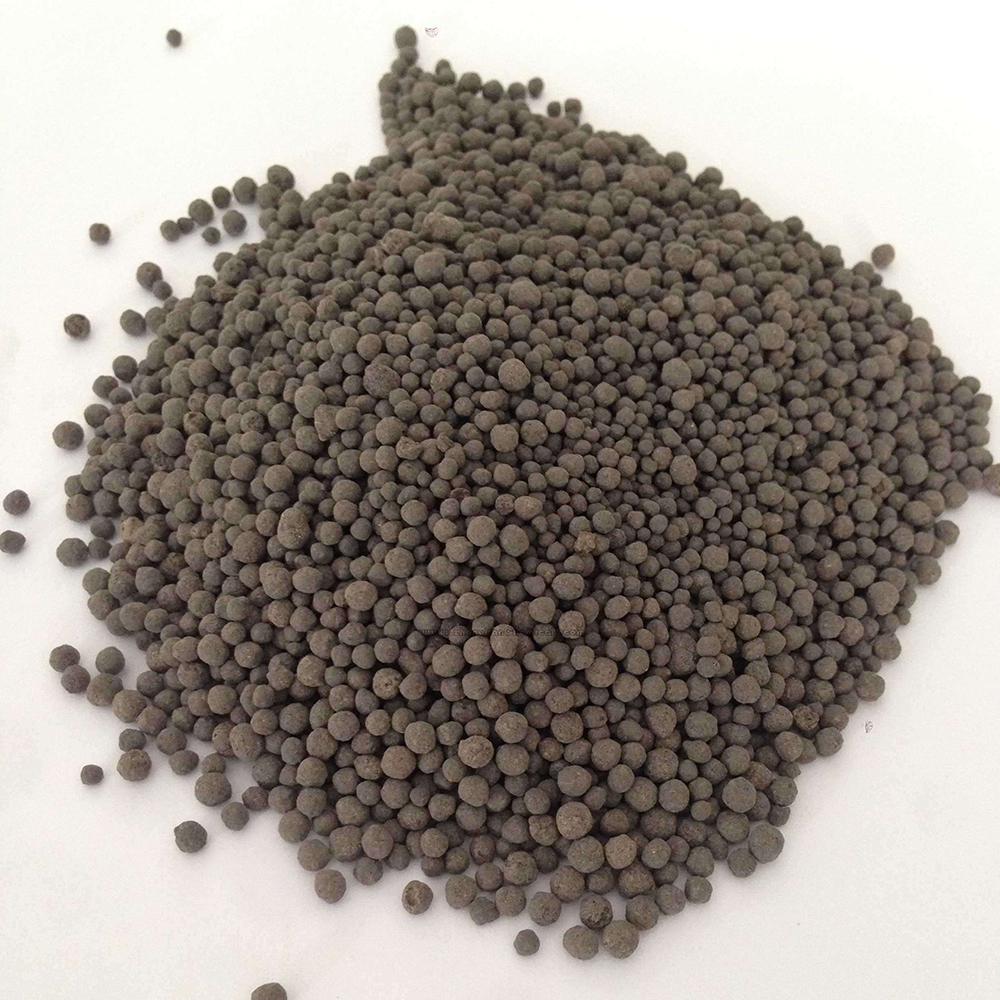



Understanding the Properties and Applications of Polyacrylamide and SDS in Biochemistry
Understanding Polyacrylamide Gel Electrophoresis with SDS A Key Technique in Biochemistry
Polyacrylamide gel electrophoresis (PAGE) is a widely used technique in biochemistry and molecular biology for the separation of proteins, nucleic acids, and other macromolecules. One of the most common variants of this technique is SDS-PAGE, which incorporates sodium dodecyl sulfate (SDS) to denature proteins and impart a negative charge. This process allows for the effective separation of proteins based primarily on their molecular weight. In this article, we will explore the principles of SDS-PAGE, its components, applications, and advantages.
Principle of SDS-PAGE
SDS-PAGE operates on the foundation that charged molecules migrate in an electric field. In this technique, proteins are treated with SDS, which unfolds them into linear chains and binds to them in a manner that is proportional to their mass. The anionic nature of SDS ensures that all proteins have a uniform negative charge, allowing them to be separated solely by size rather than shape or charge.
When an electric current is applied, the negatively charged proteins migrate towards the positive electrode. Smaller proteins travel through the polyacrylamide gel matrix more easily, while larger proteins experience more resistance. This differential migration leads to the separation of proteins, which can then be visualized using various staining techniques.
Components of SDS-PAGE
1. Polyacrylamide Gel The gel matrix is made up of acrylamide and bis-acrylamide, which polymerize to form a crosslinked structure. The concentration of acrylamide in the gel determines its pore size, allowing researchers to choose the gel’s properties based on the size range of the proteins they wish to analyze.
2. SDS As a detergent, SDS plays a crucial role in denaturing proteins. By disrupting non-covalent bonds, it ensures proteins are linearized and uniformly charged.
3. Buffer Solutions The gel and running buffer typically contain a Tris-glycine buffer system, which maintains a stable pH during the run. The buffer ions help facilitate the conduction of electricity through the gel.
4. Sample Loading Buffer Before loading, protein samples are mixed with a loading buffer that usually contains SDS, reducing agents (like beta-mercaptoethanol), tracking dyes, and glycerol to help visualize sample migration.
polyacrylamide sds

Applications of SDS-PAGE
SDS-PAGE is essential in various biotechnological and biochemical applications. Some common uses include
- Protein Identification When combined with mass spectrometry, SDS-PAGE can help identify and quantify proteins in complex mixtures. - Purity Assessment SDS-PAGE is routinely used to evaluate the purity of a protein preparation by assessing the presence of contaminants. - Size Estimation Comparing the migration of proteins to known molecular weight markers allows estimation of the sizes of unknown proteins.
- Post-Translational Modification Studies SDS-PAGE can also assist in studying post-translational modifications, as different modifications may alter the size and migration pattern of proteins.
Advantages of SDS-PAGE
The popularity of SDS-PAGE lies in its efficiency and effectiveness. It allows for high-resolution separation of proteins in a straightforward manner. The technique is relatively quick, cost-effective, and adaptable for a range of experimental conditions.
Moreover, its ability to provide reproducible results makes it a cornerstone in protein analysis. With variations such as native PAGE and gradient gels, the versatility of this method accommodates various research needs.
Conclusion
SDS-PAGE remains an indispensable tool in protein research and analysis. As scientists continue to explore the complexities of biological macromolecules, SDS-PAGE will undoubtedly play a crucial role in advancing our understanding of protein structure and function. The integration of SDS-PAGE with other analytical techniques and technologies heralds new opportunities for discoveries in the life sciences. Understanding this technique can empower researchers and students alike to delve deeper into the world of proteins and their myriad roles in biological systems.
-
Why Sodium Persulfate Is Everywhere NowNewsJul.07,2025
-
Why Polyacrylamide Is in High DemandNewsJul.07,2025
-
Understanding Paint Chemicals and Their ApplicationsNewsJul.07,2025
-
Smart Use Of Mining ChemicalsNewsJul.07,2025
-
Practical Uses of Potassium MonopersulfateNewsJul.07,2025
-
Agrochemicals In Real FarmingNewsJul.07,2025
-
Sodium Chlorite Hot UsesNewsJul.01,2025










